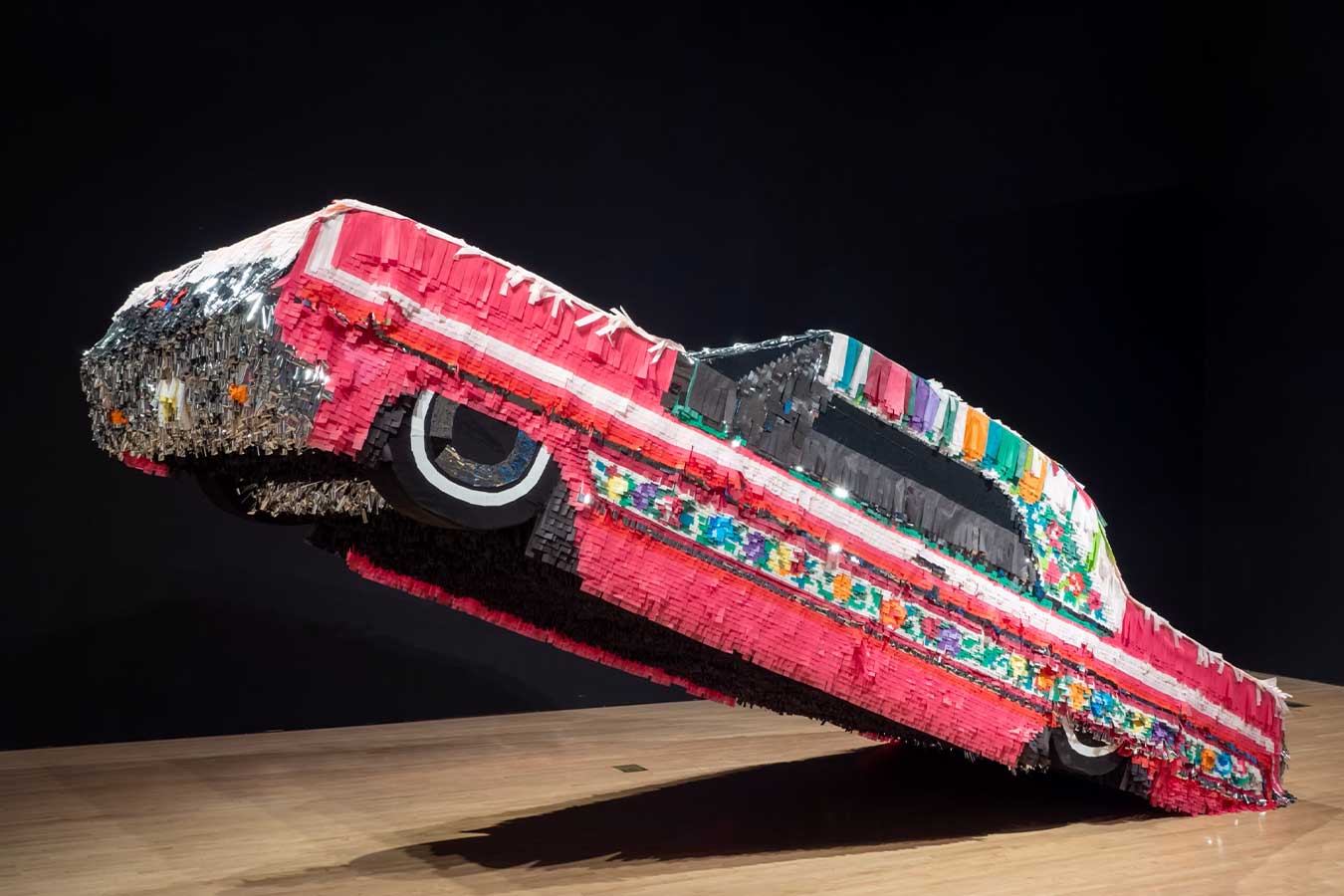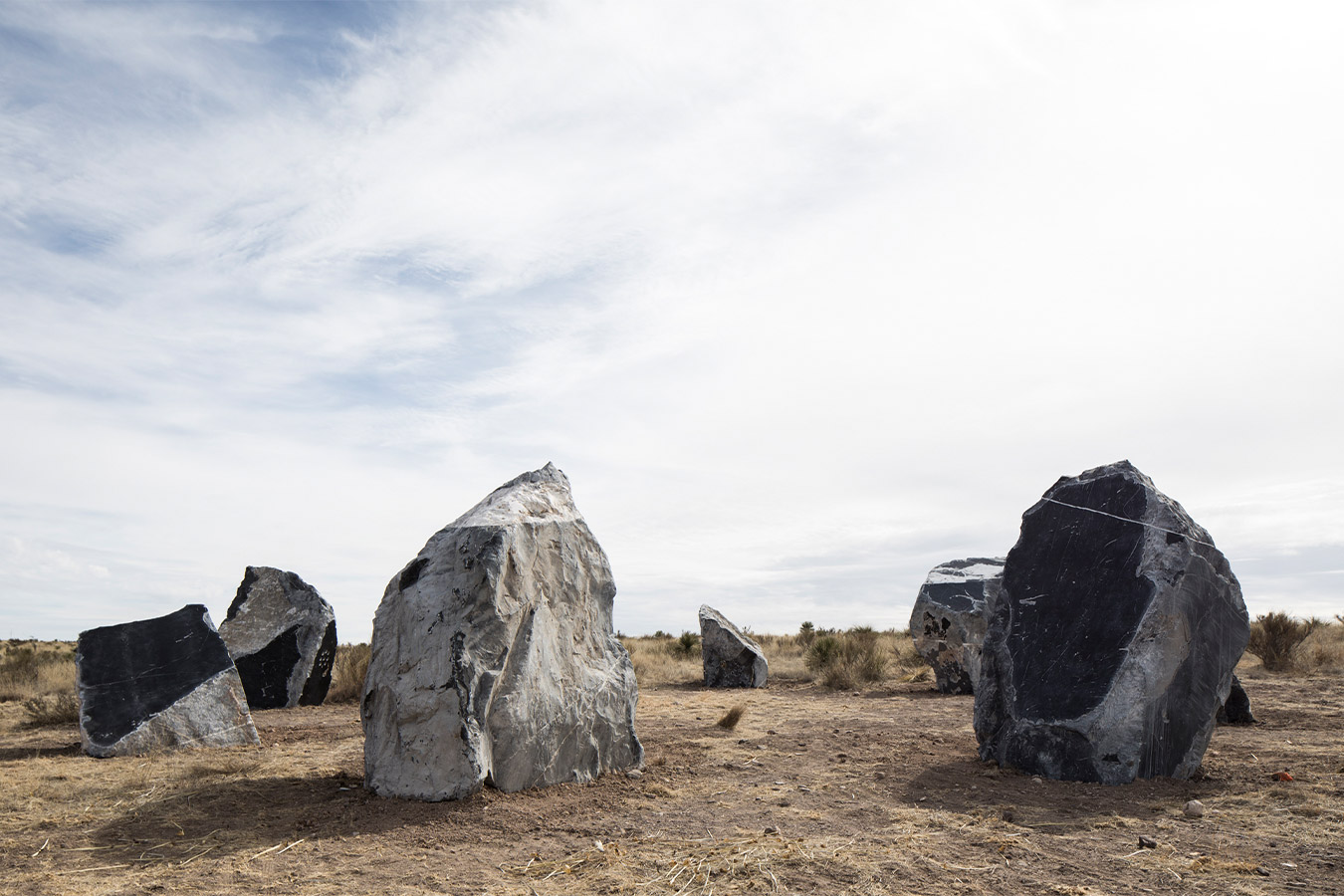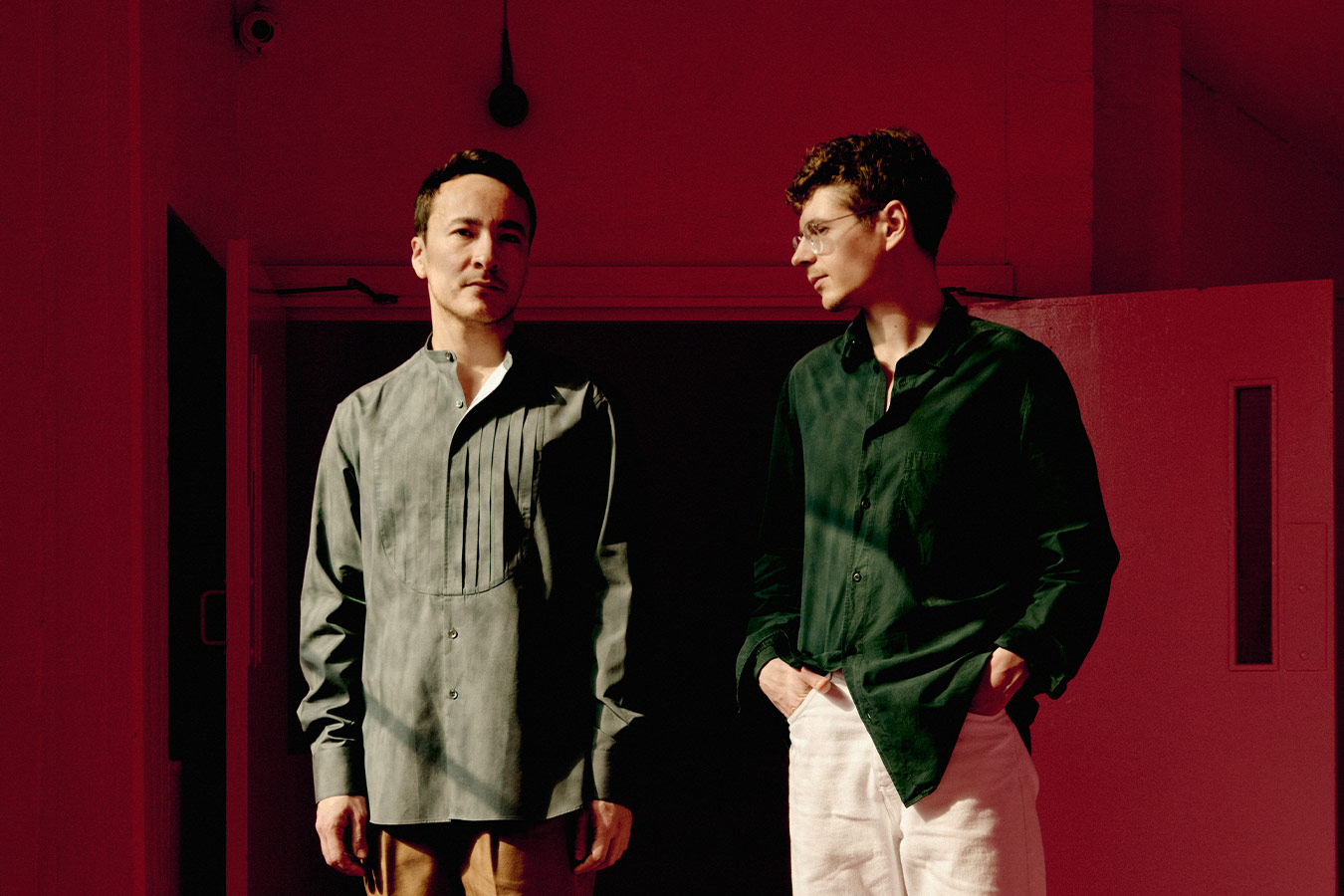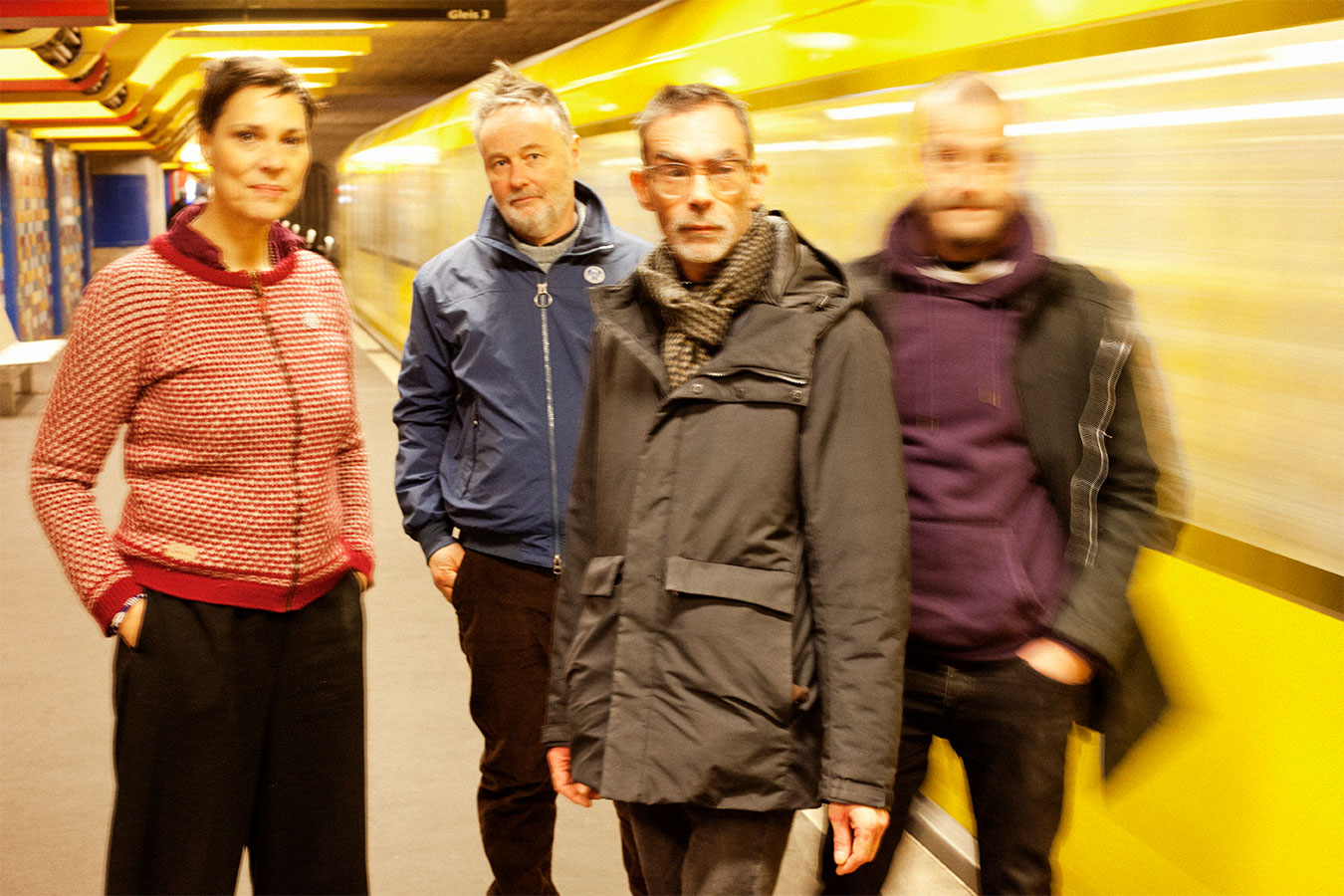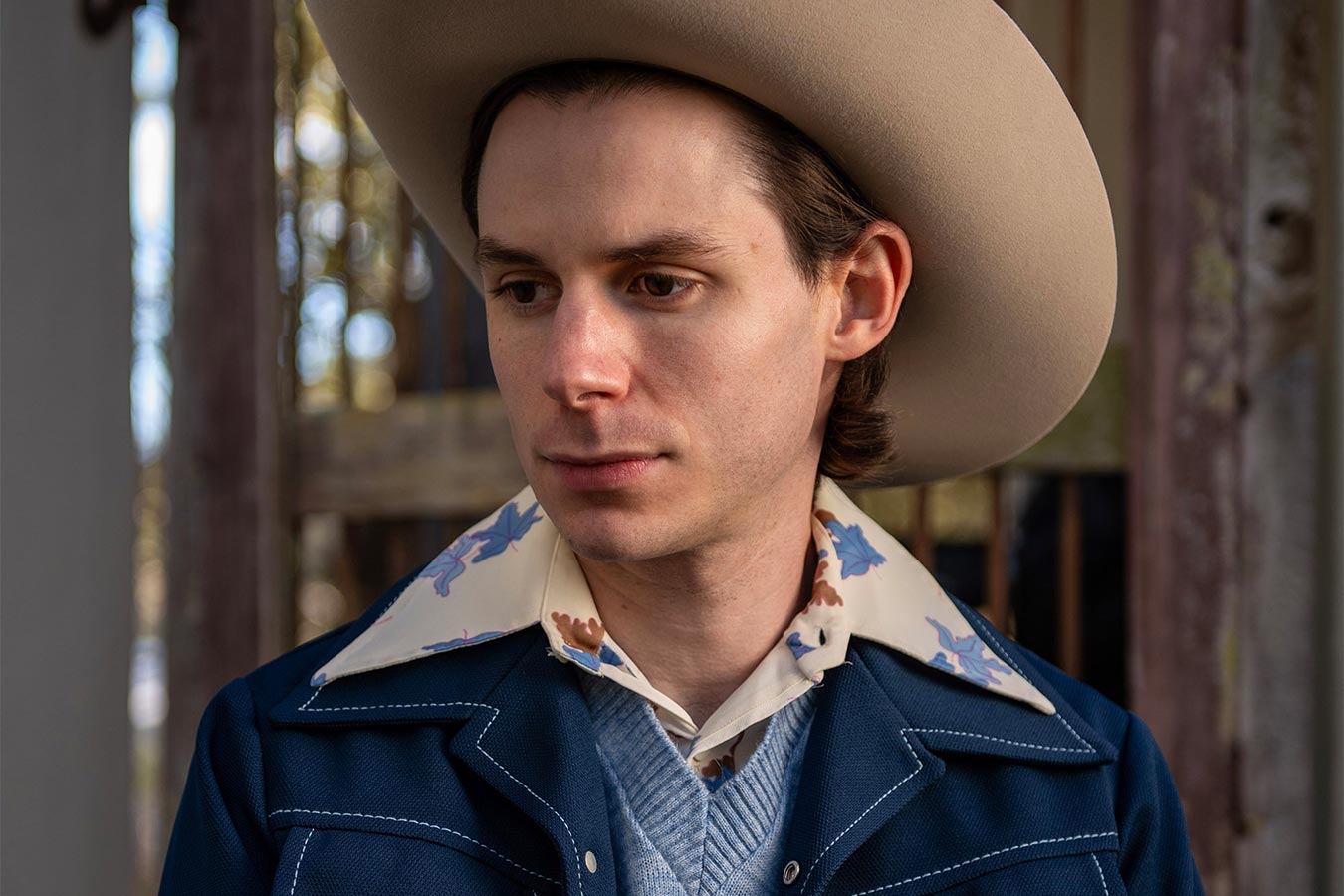
Giant, 2014
Production still
High definition video with sound
Sound Speed Marker
Teresa Hubbard / Alexander Birchler
28 de Febrero de 2014 – 31 de Julio de 2014
Inauguración: 28 de febrero, 6–8 pm
Con tacos hechos por Fat Lyle´s y cerveza de Big Bend Brewing Company
————————————————————
A Ballroom Marfa le complace presentar Sound Speed Marker, de Teresa Hubbard y Alexander Birchler. Las tres instalaciones de video y las fotografías relacionadas, cubren un periodo de cinco años de trabajo, exploran la relación de la filmación con un lugar en concreto y los rastros que dejan la realización de películas. La exposición incluye el estreno de Giant (2014), una obra comisionada por Ballroom Marfa. Se podrá ver la exposición en Ballroom Marfa hasta el 31 de julio de 2014, que será acompañada por un catálogo integral que se publicará en diciembre de 2014. Sound Speed Marker viajará al Museo Irlandés de Arte Moderno en diciembre de 2014 y luego al Museo de Arte Blaffer en la Universidad de Houston en mayo de 2015.
Grand Paris Texas (2009) toma en consideración el espacio físico y social de un cine muerto, una canción olvidada y los habitantes de una pequeña ciudad. El Gran Teatro, un cine abandonado y lleno de palomas en el centro de París, sirve como protagonista de una narrativa que explora París como una metalocalización construida a través del celuloide y las bandas sonoras. Grand Paris Texas conecta tres películas seminales del sudoeste: Paris, Texas (1984) de Wim Wenders; Tender Mercies (1983) de Bruce Beresford; y la memorable película muda de King Baggot, Tumbleweeds (1925).
En Movie Mountain (Méliès) (2011), Hubbard/Birchler exploran el emplazamiento de una montaña en el Desierto Chihuahuense cerca de la ciudad de Sierra Blanca. El proyecto genera varios hilos narrativos que entremezclan la memoria y el olvido. Movie Mountain (Méliès) presenta a un vaquero que escribe guiones así como a residentes cuyos familiares actuaron en una película muda original rodada en la montaña. El proyecto también encuentra un posible vínculo entre Movie Mountain y Gaston Méliès, hermano del famoso cineasta Georges Méliès.
Giant (2014) entreteje las señales de vida y las vistas de un plató cinematográfico en decadencia construido en las afueras de Marfa: la Mansión Reata de la película de 1956 de la Warner Bros., Giant, protagonizado por Elizabeth Taylor, Rock Hudson y James Dean. Tras la finalización del rodaje se dejó en el paisaje la fachada de tres lados. Hubbard/Birchler exploran los restos esqueléticos del plató a medida que cambian las estaciones, el día se transforma en noche y partes de la estructura se balancean y caen desprendidas. Unas escenas de un equipo de rodaje que graba las actuales condiciones aparecen yuxtapuestas con un despacho de la Warner Bros. en 1955, en el que una secretaria mecanografía el contrato de localización para la película que aún no ha sido creada.
Teresa Hubbard, nacida en Dublín, Irlanda, en 1965, y Alexander Birchler, nacido en Baden, Suiza, en 1962, llevan desde 1990 trabajando en colaboración en el video, la fotografía y la escultura. Su obra se encuentra en numerosas colecciones privadas y públicas incluyendo el Museo de Arte Contemporáneo en Los Ángeles; el Museo Hirshhorn y Jardín de Esculturas en Washington DC; el Kunstmuseum en Basilea; el Kunsthaus en Zurich; el Museo de Arte Moderno en Fort Worth; el Museo de Bellas Artes en Houston; el Museo de Arte en Yokohama; y la Pinakothek der Moderne en Munich. La obra en esta exposición aparece por cortesía de la Galería Tanya Bonakdar en Nueva York y la Galería Lora Reynolds en Austin.
Forma parte de la misión de Ballroom Marfa hacer posible la creación de obras de arte que en otro lugar serían imposibles de realizar. Este proyecto –con sus raíces en el paisaje que nosotros llamamos hogar– cierra la trilogía de Hubbard/Birchler y esclarece el papel de Ballroom Marfa como una organización comprometida con el encargo de nuevas obras.
